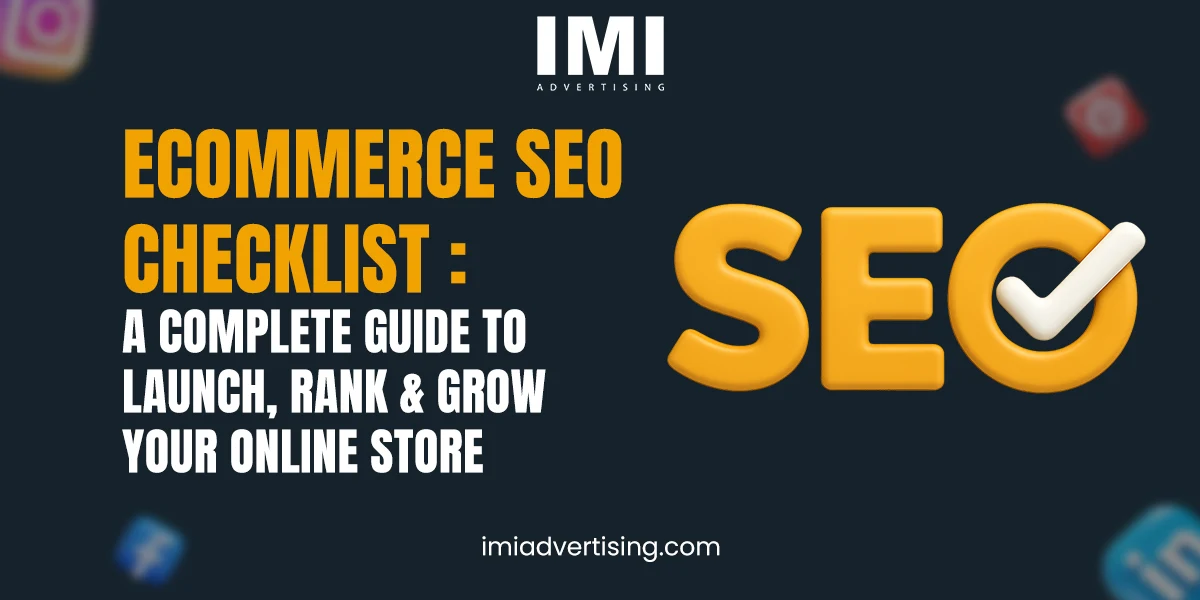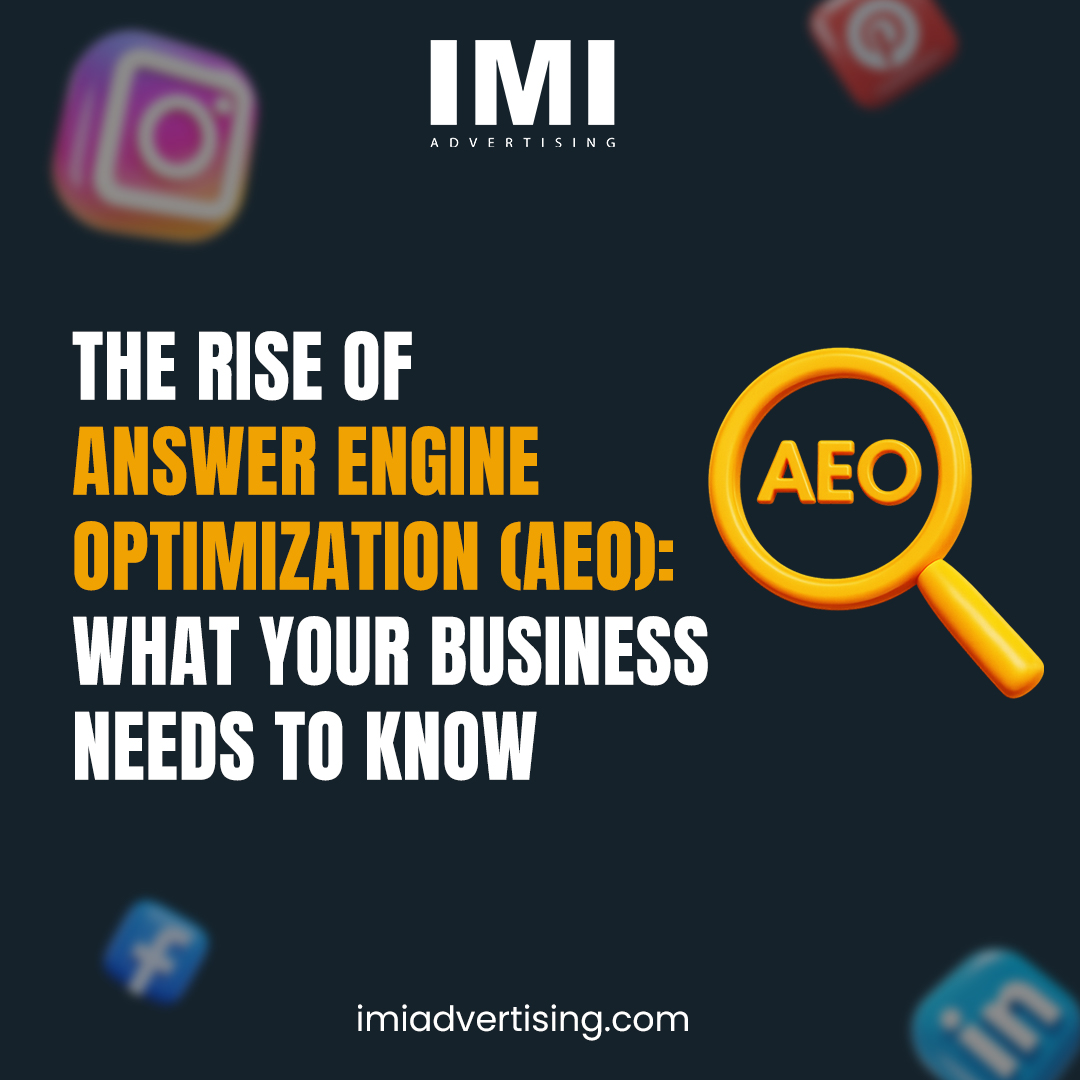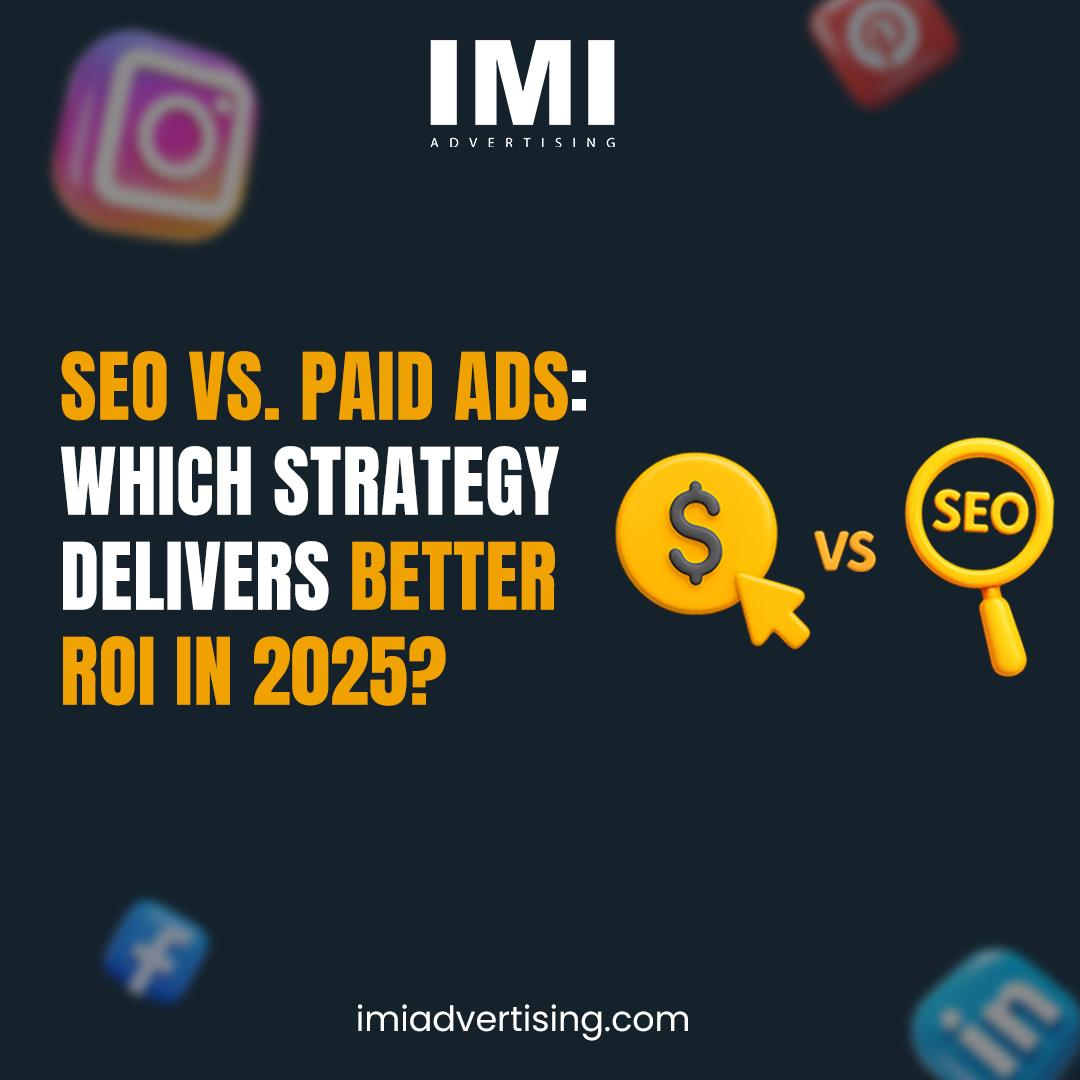E-commerce SEO Checklist: A Complete Guide to Launch, Rank & Grow Your Online Store

Opening an online store is just the first step. To get to the customers, challenge against brands, and bring in revenue, one has to have a definite E-commerce SEO strategy. Online search engines rank high when people want to buy something online. If your products don’t show up in front of them, you lose out on important opportunities.
Step-by-Step E-commerce SEO Checklist
This guide will take you through a complete checklist meant for your store to have a healthy launch, achieve higher search rankings, and develop a steady growth rate.
1. Create an Appropriate Structure for the Website
Before targeting keywords or creating content, make sure your e-commerce website is set up correctly. A clear structure helps users and search engines to understand your store.
- Place similar products into relevant categories.
- A brief and descriptive URL is always an easy one to remember for users and crawl for search engines.
- Since the majority of shoppers are online using their mobiles, the site’s layout must fit various screen sizes properly.
- Submitting an XML sitemap to the search engines will help indexing faster.
A well-designed website directly relates to positive user experience, with minimal bounce rates, the major groundwork for any SEO activities.
2. E-Commerce SEO Keywords Research
Keywords serve as a bridge between your products and the customer. Correct research ensures the appearance of your store in the customer searches.
- Do not go for terms like “shoes,” but instead for men’s running shoes or women’s leather boots.
- See which keywords your successful competitors rank for, as this may open up some opportunities you might have missed.
- Long-tail keywords tend to get fewer hits but usually catch higher-intent traffic. For example, “best budget laptops under 50k” is much more directed than just “laptops.”
- A clear understanding of whether the user intends to buy, compare, or merely gather information is important.
3. On-Page SEO Must-Haves
Every product and category page needs to be optimized so that search engines can grasp the content and the user can find what they are looking for fast.
- Title tags: Try to place your main keyword naturally and keep it less than 60 characters.
- Meta descriptions: These are brief summaries (up to 160 characters) that prompt the user to click.
- Header tags (H1, H2, H3): They make the content readable.
- Product descriptions: Avoid using generic descriptions from manufacturers. Instead, write your own that describe the features, benefits, and uses.
- Image optimization: Alt text should be descriptive and files should be compressed for speed.
If applied daily, on-page SEO assists pages in getting higher rankings and facilitates the shopping experience.
4. Technical SEO Setup
Technical into-bottom elements are as important as visible content. As far as technical issues appearing on your website, its rankings suffer.
- Compress the images, use caching, and minimize the code to ensure the fastest possible loading time.
- Avoid duplicate content by specifying the preferred version of any given page.
- Schema markup needs to be added to highlight the product.
Intuitively intersperse these keywords into your product pages, category pages, and blog posts to carve an organic domain.
5. Content Strategy for E-commerce SEO
Content is more than setting up product descriptions. A well-thought-out content plan builds trust, educates users, and drives organic traffic to the website.
- Blogs: Write articles for customer inquiries, comparisons, and buying guides. Example: Top 10 Laptops for Students in 2025.
- Buying guides: Inform buyers with step-by-step suggestions.
- Video content: Product demos, unboxings, and how-to videos for engagement.
- FAQs: Address regular queries on individual product pages.
High-quality content secures your store’s position as a leading authority in the niche and creates repeat visitors.
6. Link-Building and Outreach
Incoming links go a long way in making search engines trust a site. They tell search engines that in one way or another, other sites find content valuable enough to be linked.
- Guest posts: Write articles for relevant blogs in the industry.
- Partnering: Collaborate with influencers or sites in the niche for mentions and links.
- Resource pages: Include your guides or tools on curated industry resources.
- Internal linking: Redirect users to another page within your store.
In the long run, a steady link-building exercise helps build domain authority and thus higher rankings.
7. Tracking and Analytics
Once implementation begins, the SEO strategy process actually never stops, as tracking and measurements stay a continuous activity. These activities have to be aligned with business objectives.
- Google Analytics: Tracks traffic, conversions, and user behavior.
- Google Search Console: Catch any indexing problems, keyword performances, and click-through rates.
- Heatmaps: Tools such as Hotjar allow you to see how users interact with your pages.
- KPIs: Set clear objectives, including increasing organic traffic, sales conversion, or lessening bounce rate.
Analyzing data allows for decisions that enhance your strategy and generate a higher ROI.
8. Continuous Optimization and Growth
SEO is a continuous process. Algorithm changes are made to search engines, new competitors perfect their strategies, and potential customers’ behavior is in further flux.
- Update product pages regularly by including new information, reviews, and updated images.
- Keep older content relevant by updating statistics and examples.
- Test and optimize: A/B test your product pages to understand what conversion works best.
- Extend keyword targeting: From here, take a step ahead and delve into new categories and trends.
Continuous growth ensures your online store not only ranks today but also gets better tomorrow.
Final Thoughts: Building Long-Term Success with E-commerce SEO
Setting up an online store and really making money off of it means more than just putting up products for sale. A good e-commerce SEO checklist will make sure you start right and rank in highly competitive markets so that you grow sustainably. And every stage matters in the process: technical repairs, organizing content, and ongoing fine-tuning.
If you want targeted strategies and experienced help for your business, IMI Advertising is for you. Drawing on years of experience in digital marketing, content creation, and running performance-engineered campaigns, the company sets up solutions with real results for e-commerce businesses.
Get in touch with us for
Digital Marketing Services
09313100658
Available From 09:30 – 06:30
Email: support@imiadvertising.com





